Over the years of covering dietary supplements here on the PricePlow Blog, we've noticed a consistent pattern: supplements marketed towards endurance athletes have generally been poorly-formulated and underdosed. While the rest of the sports nutrition industry has made improvements based on clinically-validated science, endurance athletes are subjected to nothing but sugar, carbs, and fillers. From our perspective, it's practically embarrassing.
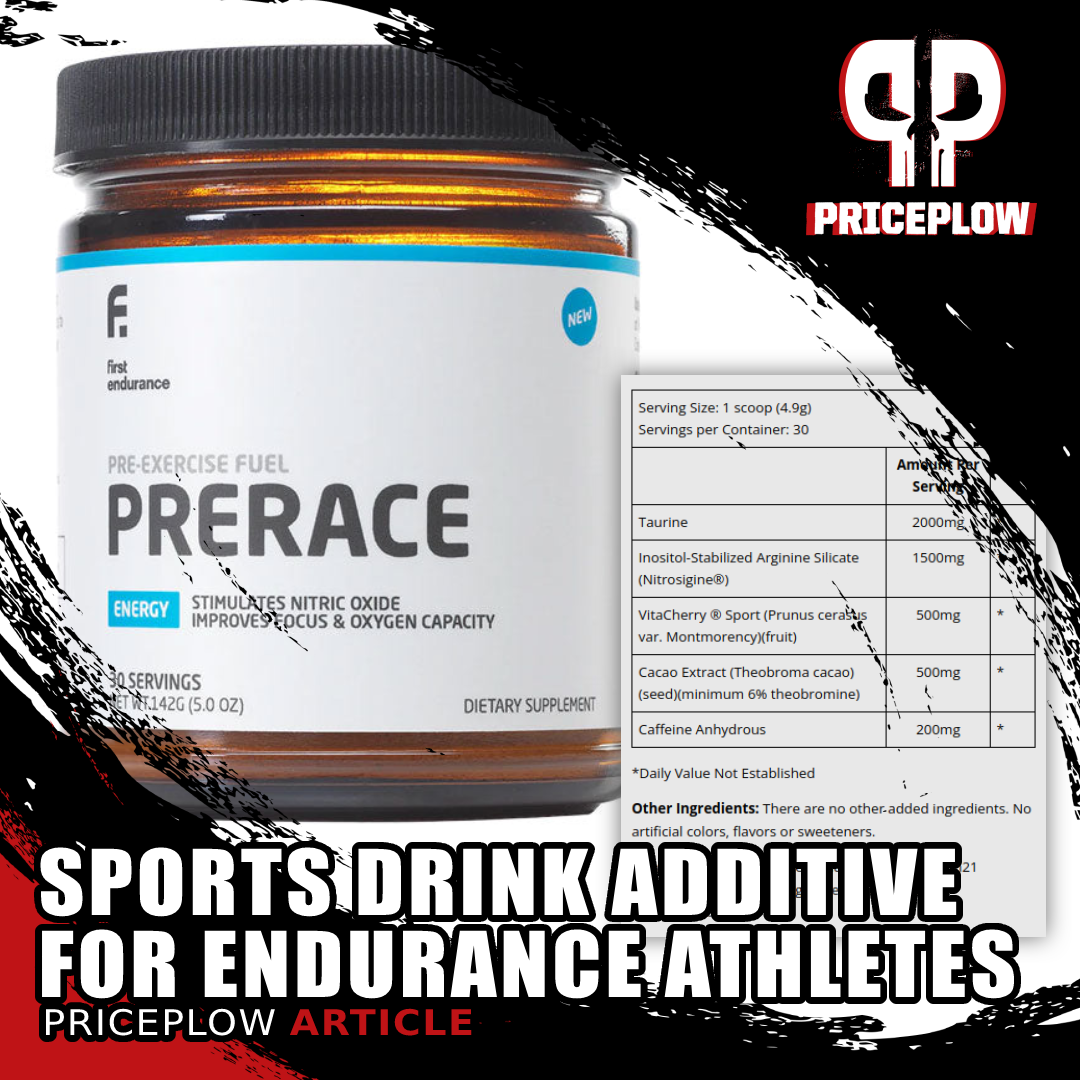
First Endurance PreRace 2.0 is a major upgrade from the original PreRace and PreRace Caps, with better blood flow thanks to Nutrition21's Nitrosigine! It's unflavored and unsweetened, so add it to your favorite sports drink or amino acid beverage and get after it!
Today, we look at a better way to support endurance athletes. A company named First Endurance has created a pre-training supplement to support blood flow - and they've done it with clinically-supported ingredients like Nutrition21's Nitrosigine.
Nitric oxide: A better approach to endurance supplements
Although the power of your cardiovascular "engine" is largely determined by genetics, there is still some significant marginal improvement to be gained with proper supplementation.
There are two things we want from a good aerobic pre-race supplement:
The first is optimized nitric oxide (NO) production and function – this is crucial for peak aerobic performance since the vasodilation caused by NO can significantly improve blood flow, tissue oxygenation, and nutrient delivery.
But we also want to be in an optimized neurological state – we want a good mood, sharp focus, and tons of motivation to push ourselves to our limits.
Competing in an aerobic sport is all about winning on marginal gains. In an hours-long race, the difference between first and second place often comes down to mere seconds.
PreRace 2.0: Upgraded with Nitrosigine for more nitric oxide production
That's what the recently-upgraded PreRace 2.0 from First Endurance is designed to do, and we're big fans of this formula. It's powered by a full 1500 milligram dose of Nutrition21's Nitrosigine to support nitric oxide production - a benefit we believe more endurance athletes need to understand.
The formula is built as a pre-workout additive, meaning it's unflavored and unsweetened, and is designed to be added to your existing flavored carbohydrate or amino acid drink!
We'll get into the nitty-gritty, but first let's check the PricePlow news and deals:
First Endurance PreRace 2.0 – Deals and Price Drop Alerts
Get Price Alerts
No spam, no scams.
Disclosure: PricePlow relies on pricing from stores with which we have a business relationship. We work hard to keep pricing current, but you may find a better offer.
Posts are sponsored in part by the retailers and/or brands listed on this page.
This area is reserved for Team PricePlow's upcoming videos.
Subscribe to our channel and sign up for notifications so you catch it when it goes live!
First Endurance PreRace 2.0 Ingredients
In a single 1-scoop (4.9 gram) serving of Pre Race 2.0 from First Endurance, you get the following:
-
Taurine – 2,000 mg
First Endurance kicks things off with one of the most commonly-used ingredients in sports nutrition, taurine - and it's a very good dose of taurine at that. The beneficial effects of this compound are dose-dependent once getting past 1,000 milligrams, much of the industry seems stuck on a 1-gram dose for some reason. Not here - we're glad to see First Endurance using more than the "typical" amount.
Taurine’s ergogenic effects: increased cellular hydration
In the context of an endurance-boosting formula, the first thing to note about taurine is that it's an osmolyte.[1] Osmolytes are so called because they affect the dynamics of cellular osmosis. Specifically, they increase osmotic pressure around cells.
Cells with better access to water also have better access to nutrients, can clear metabolic waste more efficiently, and are much more resilient in the face of heat stress. All of these benefits enable your cells to work harder for longer, which manifests at the whole-body level as increased aerobic and anaerobic endurance.[2]
Taurine (as well as Nitrosigine, discussed below) both have an interesting edge on other performance-targeting ingredients. For instance, creatine must be "loaded" to saturation with a few weeks of megadosing before it takes full effect. Taurine, on the other hand, can have an effect after the first dose. A 2018 meta-analysis found that a single, 1,000-milligram dose of taurine, which is less than what's used in First Endurance's PreRace, can significantly improve athletic endurance.[3]
Taurine is a potent antioxidant[4,5] and can help support calcium signaling in muscle cells.[6] Calcium signaling is important for strong muscle contractions, and problems with it can cause issues like muscle cramps, which is definitely not something we want to deal with during a workout.
Nitrosigine brings a major upgrade from the original PreRace formula. Note that it's still unflavored and unsweetened, so get ready to bring your own flavor/carbs/aminos!
Taurine’s effects on the brain
Its effect on calcium in the central nervous system (CNS) is why we often describe taurine as a GABAergic compound, meaning it imitates the action of the neurotransmitter gamma-Aminobutyric acid, abbreviated as GABA. The effects of GABA on neurons are calming and anti-inflammatory, as are taurine's.[7] Taurine can also drive the creation of new mitochondria in the brain,[7] which is an incredible benefit given the mitochondria's importance in cellular energy production.
Besides being neuroprotective, taurine is also dopaminergic,[8] helping increase dopamine production and activity. This makes it a great choice for a pre-workout formula like First Endurance's PreRace. Feeling good emotionally and being sharp mentally, as any serious athlete knows, goes a long way toward having a successful race.
Taurine’s anti-obesity effects: WAT vs. BAT
Endurance athletes know that maintaining a healthy body composition with a high power-to-weight ratio is very important. One of the ingredient's coolest effects is its ability to increase the expression of brown adipose tissue (BAT).[9] BAT is a type of fat cell with high mitochondrial density. The extra mitochondria in BAT drive a process called non-shivering thermogenesis (NST), in which calories are burned as heat.
Taurine actually converts white adipose tissue (WAT), which is comparatively devoid of mitochondria and does not host NST, into BAT. The more BAT you have compared to WAT, the higher your daily caloric expenditure.[10] What's more, taurine can selectively prevent the growth of new WAT cells while permitting new BAT cells to differentiate.[11]
Lastly, taurine can alleviate unwanted metabolic effects of being overweight by decreasing the inflammation and high blood sugar typically associated with carrying excess body fat.[12]
Taurine can help you feel and perform well both mentally and physically. The conditionally essential status of taurine makes it particularly important to supplement for people with heightened metabolic requirements – athletes definitely fall into this category.[3,7,13]
-
Inositol-Stabilized Arginine Silicate (as Nitrosigine) – 1500mg
Next up we have a premier nitric oxide boosting ingredient, Nutrition21's Nitrosigine. We frequently see it in pre-workout supplements built for athletes in weight training, but are very excited to see it in a serious endurance supplement.
The backstory: Several decades ago, it was discovered that the amino acid arginine was a direct precursor to nitric oxide (NO). This is why the supplement industry used it as the go-to NO-boosting ingredient. Gradually, though, data came out showing that supplemental arginine's oral bioavailability was quite poor,[14-17] so the industry switched to citrulline, which is an arginine precursor and significantly more bioavailable than straight L-arginine itself.[18]
Citrulline works well, but there's a problem with it: you need a pretty big dose to get the maximal effect. Studies show that gains on dose-dependent citrulline effects don't start to diminish until you start taking 10 grams or more.[19,20] That's a lot of material to mix with water, which ultimately adds expense, inconvenience, and discomfort for the consumer.
Not only does Nitrosigine immediately boost N.O. levels, it keeps them elevated for a period of up to 2 weeks!
Nutrition21 came up with a better idea: a more bioavailable form of arginine, patented and trademarked as Nitrosigine.[21] It's a chemical complex of arginine, inositol, and potassium silicate, and is often abbreviated as ASI in the research literature.
Inositol and potassium silicate protect the arginine molecule by buffering it against enzyme arginase,[22] which ordinarily breaks down arginine before it's absorbed through the intestinal wall.[23] This enables arginine to reach your intestine mostly intact, which is what gives Nitrosigine its huge NO-boosting abilities - which go beyond athletic performance.
Let's start with our performance reasons for wanting increased nitric oxide first, then get into the cognitive side.
The athletic benefits of increased nitric oxide production
So why do we want more nitric oxide? More NO circulating in your blood means vasodilation, a mechanism that causes the diameter of your arteries to expand.[24] Greater arterial diameter means better circulation, and with that comes a host of powerful benefits: increased tissue oxygenation, improved nutrient delivery, more efficient metabolic waste removal, lower blood pressure, and lower heart rate.
All of that adds up to a big potential boost in athletic performance. NO upregulation from a large dose of Nitrosigine can help you do more work, which is a huge advantage for endurance athletes.
Nitrosigine has been shown to act quickly, and for quite a while. Subjects taking Nitrosigine can see increases in NO blood levels as soon as 30 minutes after ingestion, which then stay elevated for as long as 6 hours.[22,25]
It turns out that we may have some effects that may help with "bonking" as well:
Nitrosigine’s effects on cognition
The brain is just as dependent on healthy blood flow than every other organ in your body – in fact, arguably, it's the most dependent on blood. Ounce-for-ounce, your brain consumes more blood, oxygen, and glucose than any other organ in your body.
So it's probably not a huge surprise that upregulating NO can lead to some major cognitive benefits. Even compared to other NO boosters, Nitrosigine seems to be one of the best for this purpose.
For example, Nitrosigine has been shown to prevent the temporary cognitive impairment that can accompany physical exhaustion, and is typically observed after a hard workout.[26]
Even in healthy young men who hadn't recently exercised, Nitrosigine improved multitasking.[27,28] A study from 2021, conducted in healthy young men and women, found that taking Nitrosigine helped participants perform better on a memory test than the placebo control.[29]
This can definitely help you manage the stress of your training load – with a supplement like Nitrosigine, tough workouts are less likely to leave you feeling drained, even as you complete the rest of your day's activities.
A nitric oxide booster that improves cognition?! Yes - Nutrition21 passed around this helpful infographic after the Nitrosigine cognition study on healthy young adults was published.[29]
We've covered Nitrosigine and its many studies numerous times in the past - you can read the details in our article titled Nitrosigine: The Nitric Oxide Booster That Enhances Brain Function. What we're excited about here is that it's in a supplement made for endurance athletes, who quite frankly, don't always get the best supplements pushed in their direction. First Endurance seems to be changing that, and Nitrosigine is one of the main reasons why.
-
VitaCherry Sport® (Montmorency Tart Cherry Powder) - 500mg
VitaCherry Sport is a trademarked cherry powder that contains a huge amount of powerful phytochemicals derived from Montmorency tart cherries.[30]
The idea behind this ingredient is to help limit the extent of muscular and metabolic stress from exercise. A 2016 study found that supplementation with powdered Montmorency tart cherries decreased markers of muscle damage, improve redox balance, and boosted physical performance.[31]
Most of these benefits can probably be attributed to the high amount of anthocyanins present in Montmorency tart cherries.
Why anthocyanins are awesome
There are plenty of other Montmorency tart cherry supplements on the market, but the distinguishing characteristic of VitaCherry is its incredibly high concentration of anthocyanins. VitaCherry is stated to have 15 times as many anthocyanins than the leading tart cherry powder product.[30]
Since anthocyanins are the focus of conversation surrounding VitaCherry, let's take a minute to talk about why we love this ingredient so much.
Anthocyanins are pigmented polyphenol antioxidants that are responsible for the red and blue hues in plants.[32] Examples of anthocyanin-rich foods include blueberries, grapes, cherries and currants, which all have a certain section of the color spectrum in common.
Although anthocyanins' purpose is to protect the health of the plants that synthesize them,[32] they're exceptionally beneficial for humans as well. They're incredibly powerful antioxidants, a class of molecules that help protect our DNA and cells from damage caused by oxidative stress from reactive oxygen species and free radicals.[33]
Anthocyanins also have strong anti-inflammatory activity and work by actually downregulating genes that control your body's synthesis of inflammatory cytokines.[33] One study found that anthocyanin-rich extracts actually did better than an over-the-counter pain medicines at preventing systemic inflammation.[34]
There are other effects as well, and many of the underlying mechanisms can help serious endurance athletes maintain their training load and stay adapted to exercise.
-
Cacao Extract (Theobroma cacao)(seed)(minimum 6% theobromine) – 500 mg
Cacao is rich in the alkaloid theobromine and the flavonoid polyphenol epicatechin, two compounds with incredible health benefits for anyone, but particularly athletes:
-
Theobromine
This extract is standardized for theobromine, a methylxanthine alkaloid that's similar in its effects to caffeine.[35] It has stimulant, bronchodilatory, and vasodilatory effects.[35]
Like caffeine, theobromine inhibits phosphodiesterase, the enzyme responsible for breaking down cyclic adenosine monophosphate (cAMP).[36] Higher cAMP levels through phosphodiesterase inhibition translates to upregulated mitochondrial function[37] and increased cellular energy production, from fat and glucose substrates alike.
Through its effects on cAMP, theobromine can activate AMP-activated protein kinase (AMPK),[38] an important sensor of ATP levels that tells your body to produce more energy.
These metabolic effects of methylxanthines are why caffeine is often used as a pre-workout ingredient (and indeed, we'll be discussing that point in the next section).
Importantly, theobromine seems to help optimize nitric oxide production and function, by protecting endothelial cells from stress.[39]
-
Epicatechin
The first thing to say about epicatechin is that it inhibits the enzyme arginase,[32,33] the enzyme that breaks arginine down in the body, which is a shared effect with Nitrosigine. This means more NO, with all the usual cardioprotective and performance-boosting effects of NO upregulation.
Animal studies show that epicatechin can improve muscular endurance,[40] and also decrease the amount of fitness lost during a detraining period (taking an extended rest from training).[41] For athletes cycling on and off in periodized training, this can be a huge benefit. However, since we don't know how much epicatechin is in this cacao extract, we can't extrapolate too much.
The ultimate point is that cacao has some incredibly beneficial compounds inside that we enjoy seeing in an endurance-minded supplement.
-
-
Caffeine anhydrous – 200 mg
PreRace finishes off with a pre-workout supplement mainstay: caffeine.
Caffeine’s multiple energy-increasing mechanisms
Ask a group of American adults why they use caffeine and most will probably say something like, "It gives me energy." And indeed, caffeine does give you energy.
But when it comes to human beings, what is energy? What does it mean to have energy? Are we talking about an objective metabolic reality, or a feeling? As it turns out, caffeine improves both.
Caffeine's primary anti-fatigue mechanism is to inhibit adenosine, a metabolic byproduct that accumulates in the brain while you're awake. The higher the concentration of adenosine in your brain, the more tired you're liable to feel.[42,43]
Caffeine doesn't prevent adenosine from building up, but it does block the adenosine receptor, which means the adenosine in your brain has significantly less of a fatigue-inducing effect so long as caffeine is active.
This is how caffeine can give you the feeling of being more energized – which is, to be clear, not an illusion. Mental and neurological states matter a lot in determining how much work a person can do.
But caffeine can also give you more energy in a literal sense, by increasing metabolic function.
As we alluded to in the previous section, caffeine and other methylxanthines inhibit an enzyme called phosphodiesterase, which breaks down cyclic adenosine monophosphate (cAMP).[42,43] Since cAMP tells your cells to burn calories for energy,[44] more cAMP means a faster metabolism and larger daily caloric expenditure.[44]
Caffeine is also good at promoting fat oxidation, with research showing that the rate of fat oxidation in caffeine-treated subjects can increase by as much as 50%.[45]
This means more fuel for your workouts, but also an easier time reaching and maintaining body-composition goals.
Caffeine’s mental and physical performance benefits
Caffeine is one of the most studied ergogenic aids, a category of substances that are intended to increase physical performance, stamina, and recovery. That's because for athletes, caffeine's pro-metabolic effects consistently translate into at least slight improvements to strength, athletic endurance, and top-end power.[46]
But caffeine can also improve cognition – it has been shown to decrease reaction times,[47] improve focus[47,48] and alertness.[48]
Caffeine can also improve working memory,[49] a key factor in fluid intelligence.[49]
At 200 milligrams, this is a very fair dosage for most endurance athletes. While heavy-lifting weight trainers often prefer more these days, 200 milligrams is a strong yet smart amount for the endurance and cardio community.
Directions and Timing: It’s unflavored and unsweetened!
As an unflavored, unsweetened additive pre-workout supplement, you'll want to find something to mix this with. Many will simply add it to a sports drink, but we're partial to full-spectrum amino acid blends in addition.
Two different ideas from the sports supplement world are to:
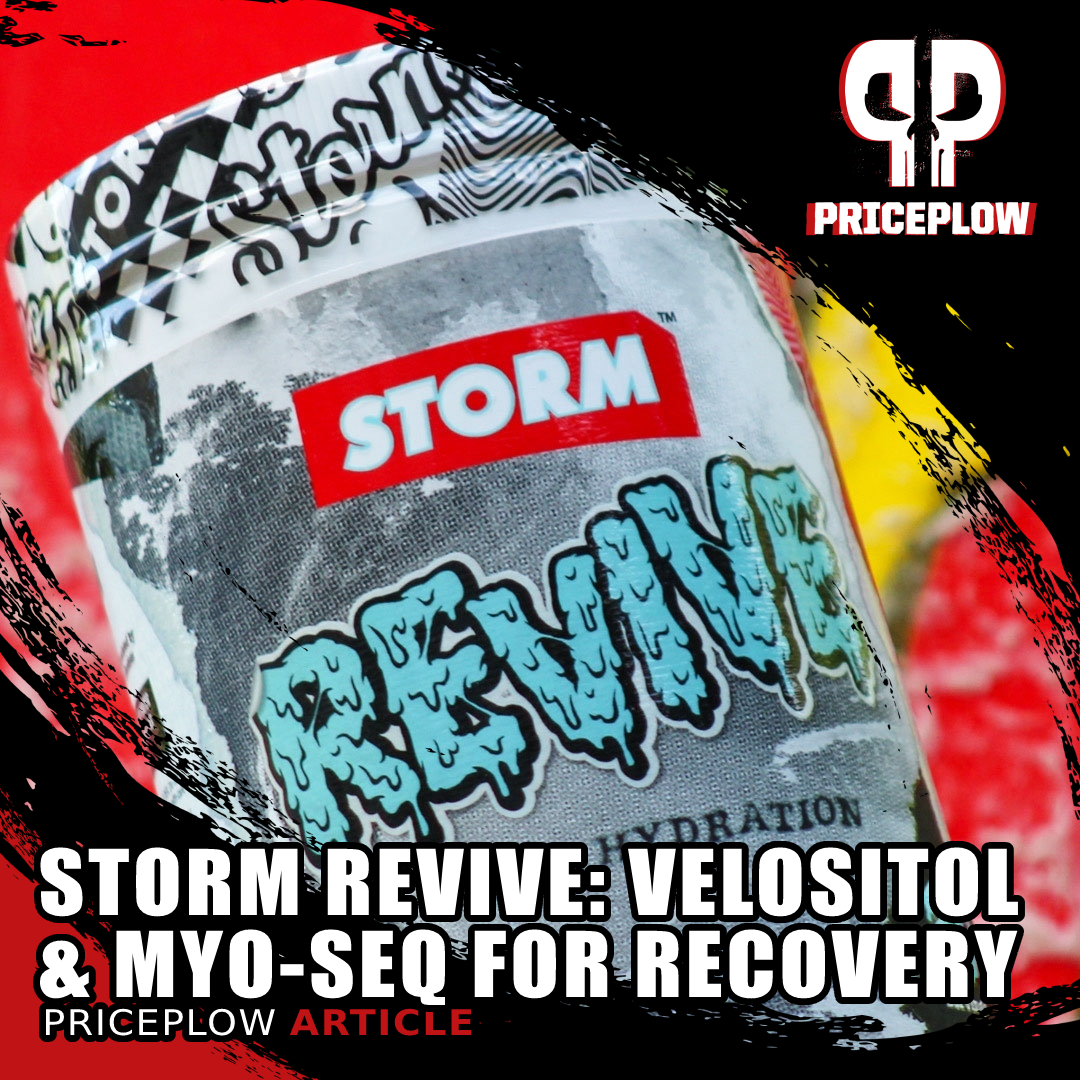
Unless you want to take a step back for every two steps forward in the gym, make sure your recovery game is on point with Storm Revive -- a potent Velositol-boosted EAA and hydration mix that ensures all that work you put in hits the books.
- Add it to AstroFlav's Full Tank, which has carbohydrates, electrolytes, and essential amino acids; or
- Add it to STORM Revive, which has the amino acids and bolsters their uptake using another novel ingredient from Nutrition21 named Velositol. This is an excellent carb-free option.
Timing up
Timing strategies will vary depending on your training length. Normally, pre-workout supplements are taken entirely before training, especially if the workout is going to be around an hour long.
However, if you're planning on going for a couple hours or more, you may want to drink half pre-workout, then the rest through the first half of your workout to space out the effects of the caffeine.
But no matter what, you'll want to get at least half of PreRace 2.0 in before starting your workout to get nitric oxide production leveled up. You can then tweak the rest to coincide with your carbohydrate intake and stimulant tolerance.
If you're competing, supplement timing is something that should be practiced and refined well before an actual race, so that you know what works best for you on race day! The day of a competition is not the day for diet or supplement experimentation!
Conclusion: Nitrosigine comes to the endurance world
PreRace 2.0 from First Endurance is a focused and efficient pro-endurance formula to add to any sports drink or amino acid supplement. Its flagship ingredients, taurine and Nitrosigine, are no-nonsense performance boosters, as is caffeine. VitaCherry adds recovery support, which is arguably even more important than boosting performance.
We've long discussed that some supplement companies do not market the best products to endurance athletes, so we're glad to see a company like First Endurance that is. Far too often, all we see are dextrose, maltodextrin, sucrose -- carbs, carbs, and more carbs! This is the first modern pre-workout in the space focusing on the science of performance and endurance beyond sugar.
Most cyclists, swimmers, and runners have never tried Nitrosigine, but we think they certainly should. PreRace 2.0 is a fantastic opportunity to make that happen.
First Endurance PreRace 2.0 – Deals and Price Drop Alerts
Get Price Alerts
No spam, no scams.
Disclosure: PricePlow relies on pricing from stores with which we have a business relationship. We work hard to keep pricing current, but you may find a better offer.
Posts are sponsored in part by the retailers and/or brands listed on this page.



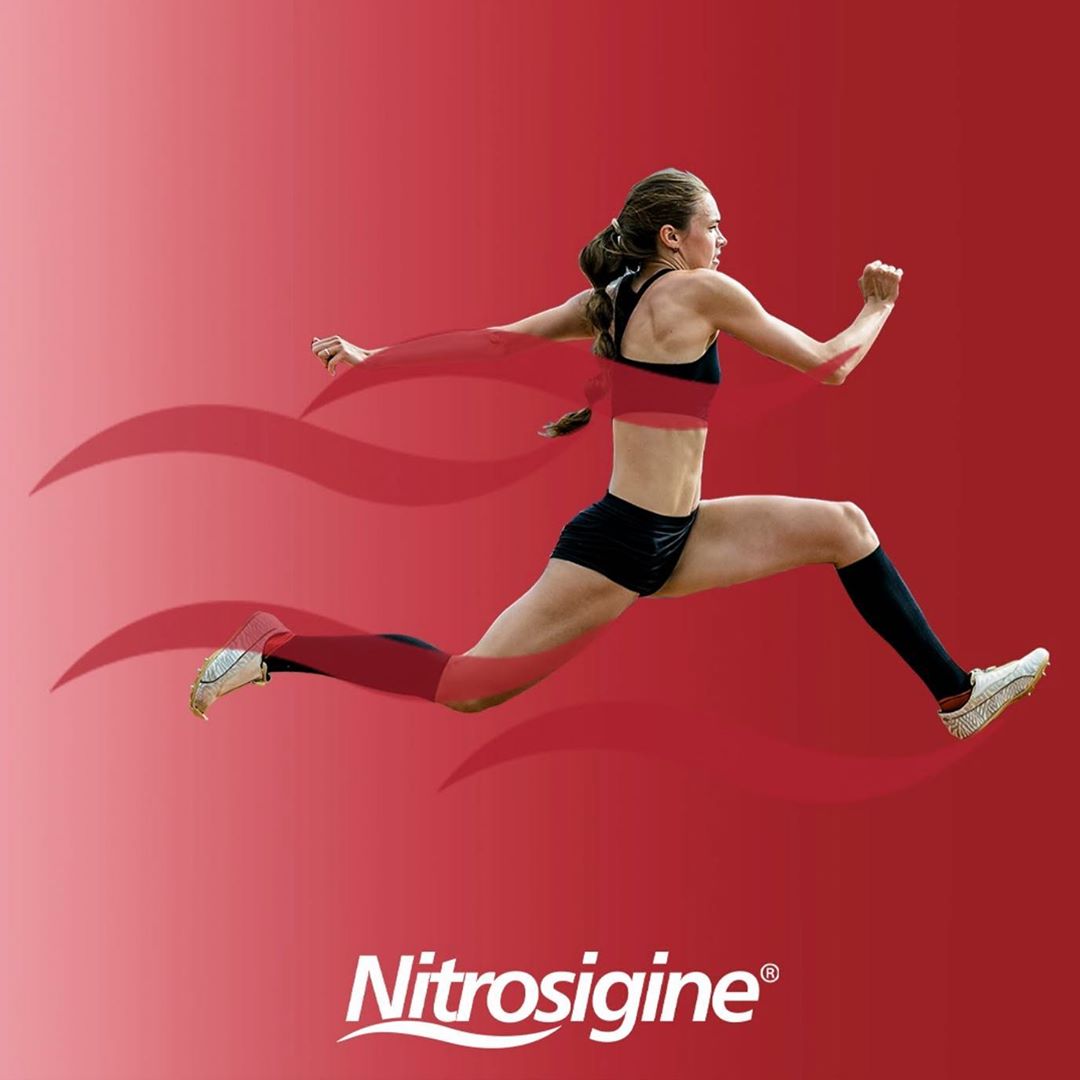
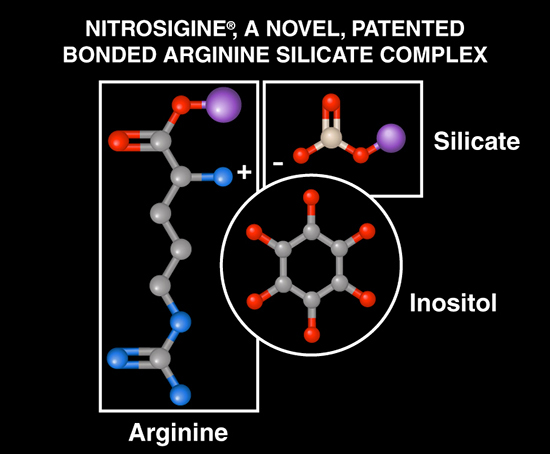
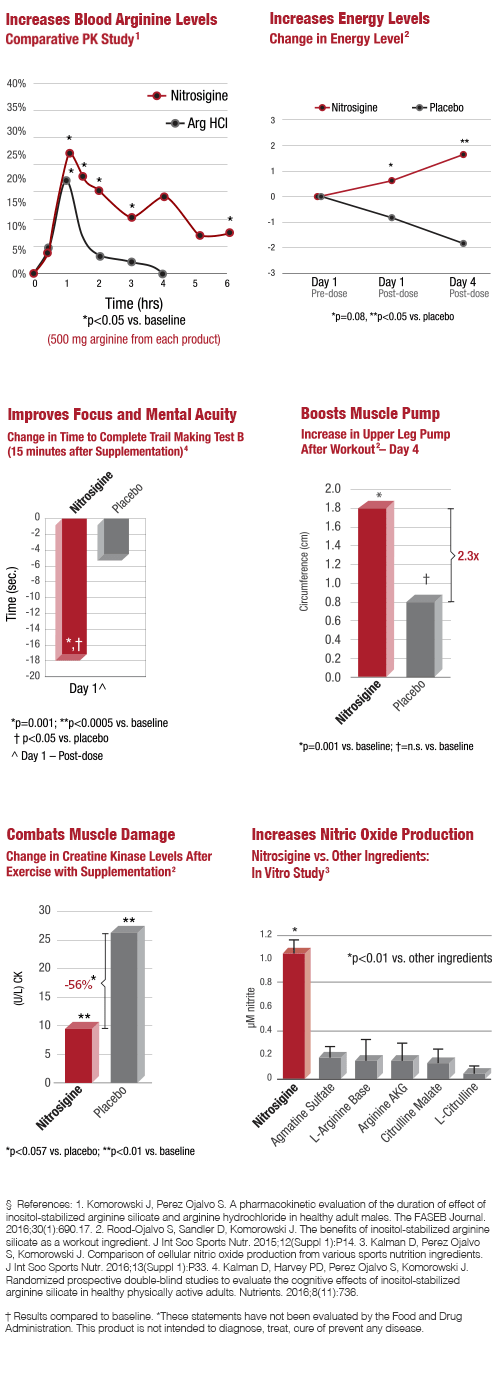
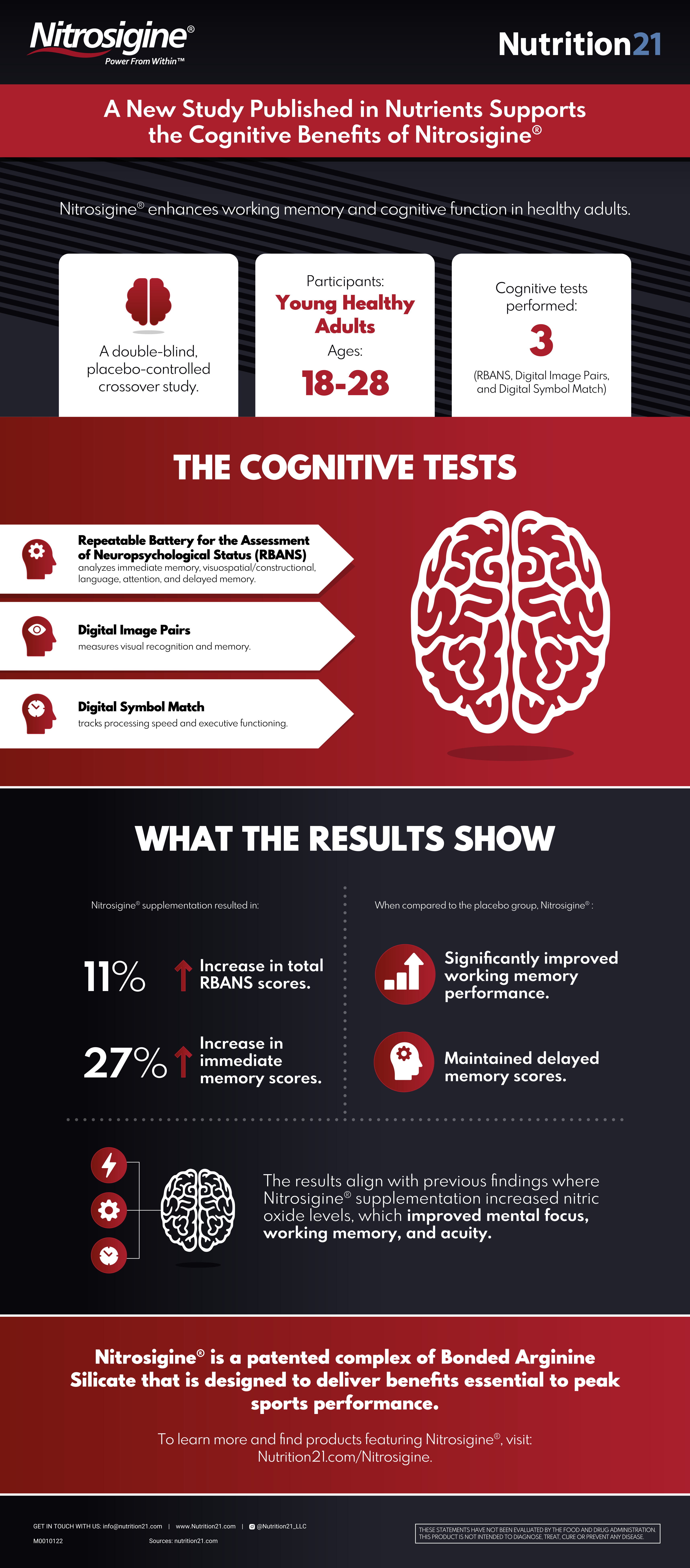

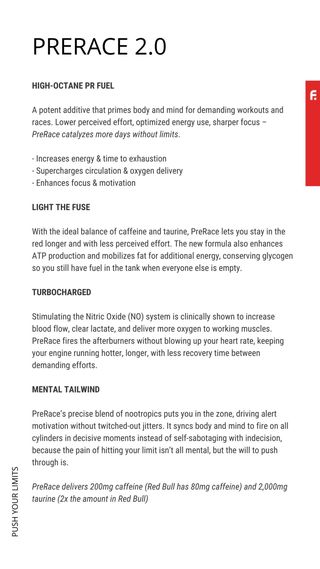
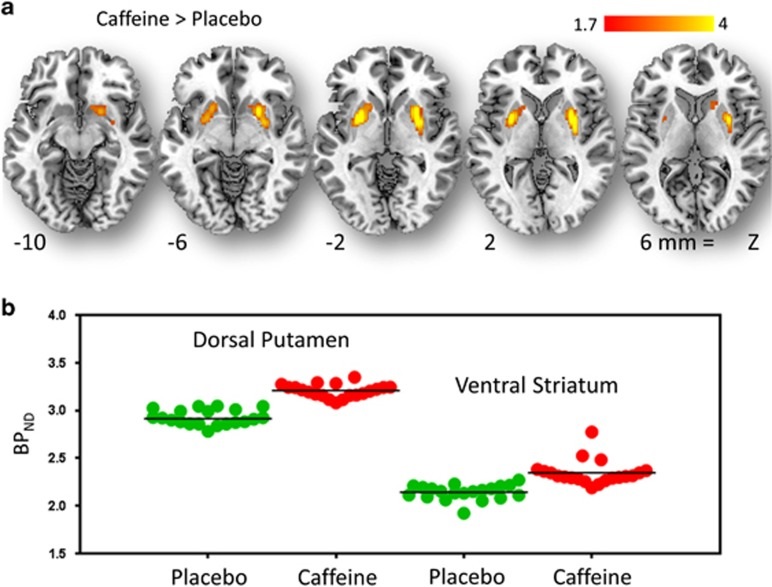




Comments and Discussion (Powered by the PricePlow Forum)